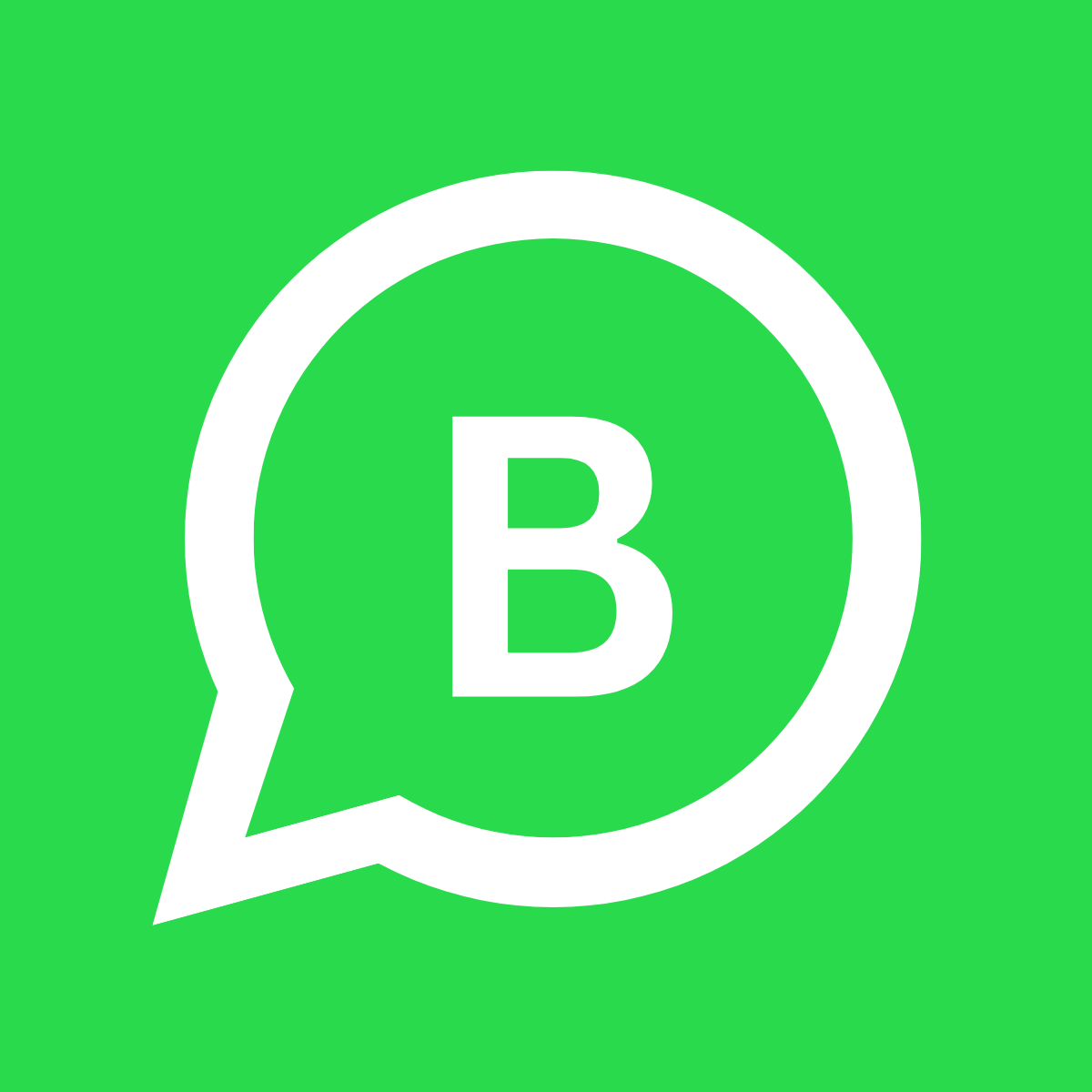Automating Customer Support with WhatsApp Chat
Discover how to set up automated responses and streamline your customer support workflow using WhatsApp chat features. Learn proven strategies to boost efficiency and customer satisfaction while reducing support workload.
Introduction
Customer support automation has become essential for modern e-commerce businesses. With WhatsApp being one of the most popular messaging platforms globally, integrating automated support features can significantly improve your customer service efficiency and satisfaction.
This guide explores how to leverage WhatsApp chat automation to streamline your support processes, reduce response times, and provide better customer experiences while freeing up your team to focus on more complex inquiries.
Benefits of Customer Support Automation
Implementing WhatsApp chat automation offers numerous advantages for your business:
Improved Response Times
- Instant responses: Customers get immediate answers to common questions
- 24/7 availability: Support available even outside business hours
- Reduced wait times: Faster resolution of simple inquiries
- Better customer satisfaction: Quick responses improve customer experience
Cost Efficiency
- Reduced support costs: Fewer human agents needed for routine questions
- Scalable support: Handle more customers without proportional cost increase
- Resource optimization: Human agents focus on complex issues
- ROI improvement: Better support efficiency with lower costs
Enhanced Customer Experience
- Consistent responses: Standardized answers to common questions
- Multilingual support: Serve customers in their preferred language
- Personalized interactions: Tailored responses based on customer data
- Seamless handoff: Smooth transition to human agents when needed
Setting Up Automated Responses
Creating effective automated responses is crucial for successful WhatsApp chat automation:
Welcome Messages
- Greeting customers: Friendly, professional welcome messages
- Setting expectations: Inform customers about response times
- Providing options: Offer menu of common topics
- Brand consistency: Maintain your brand voice and tone
FAQ Automation
- Common questions: Automate responses to frequently asked questions
- Product information: Provide details about products and services
- Order status: Allow customers to check order progress
- Shipping information: Provide delivery and tracking details
Business Hours Handling
- After-hours messages: Inform customers about business hours
- Emergency contacts: Provide urgent contact information
- Callback requests: Allow customers to request callbacks
- Queue management: Manage customer expectations during busy periods
Workflow Automation
Advanced workflow automation can handle complex customer service scenarios:
Ticket Routing
- Department assignment: Route inquiries to appropriate teams
- Priority classification: Identify urgent vs. routine inquiries
- Agent availability: Distribute workload based on agent capacity
- Escalation rules: Automatically escalate complex issues
Customer Data Integration
- Order history: Access customer purchase information
- Account details: Retrieve customer account information
- Previous interactions: Reference past support conversations
- Personalization: Use customer data for tailored responses
Follow-up Automation
- Post-purchase follow-up: Check customer satisfaction after orders
- Issue resolution confirmation: Verify problems are resolved
- Feedback collection: Automatically request customer feedback
- Retention campaigns: Re-engage inactive customers
Best Practices for WhatsApp Automation
Following these best practices ensures your automation enhances rather than hinders customer experience:
Message Design
- Keep it concise: Short, clear messages that are easy to read
- Use emojis appropriately: Add personality without overdoing it
- Include clear CTAs: Tell customers exactly what to do next
- Test thoroughly: Ensure all automated responses work correctly
Human Handoff
- Clear escalation paths: Easy ways to reach human agents
- Context preservation: Pass conversation history to agents
- Seamless transitions: Smooth handoff without repetition
- Agent preparation: Brief agents on customer situation
Continuous Improvement
- Monitor performance: Track automation effectiveness
- Gather feedback: Collect customer opinions on automation
- Update regularly: Keep responses current and relevant
- A/B testing: Test different approaches to find what works best
Advanced Automation Features
Leverage advanced features to create sophisticated automation workflows:
AI-Powered Responses
- Natural language processing: Understand customer intent
- Context awareness: Maintain conversation context
- Learning capabilities: Improve responses over time
- Sentiment analysis: Detect customer emotions and adjust responses
Integration Capabilities
- CRM integration: Sync with customer relationship management systems
- E-commerce platforms: Connect with Shopify and other platforms
- Analytics tools: Track performance and customer behavior
- Third-party services: Integrate with external tools and services
Multi-Channel Support
- Unified inbox: Manage all customer communications in one place
- Cross-platform consistency: Maintain consistent experience across channels
- Channel routing: Direct customers to appropriate communication channels
- Conversation history: Complete view of customer interactions
Measuring Automation Success
Track key metrics to evaluate the effectiveness of your WhatsApp automation:
Performance Metrics
- Response time: Average time to first response
- Resolution rate: Percentage of issues resolved by automation
- Customer satisfaction: Ratings and feedback scores
- Escalation rate: Percentage of conversations requiring human agents
Business Impact
- Cost reduction: Savings from reduced human support needs
- Volume handling: Increase in support capacity
- Agent productivity: Time saved for complex issues
- Customer retention: Impact on customer loyalty and retention
Optimization Opportunities
- Common failure points: Identify where automation breaks down
- Customer feedback: Areas for improvement based on user input
- Usage patterns: Most and least used automation features
- ROI analysis: Return on investment from automation efforts
Conclusion
WhatsApp chat automation is a powerful tool for modern e-commerce businesses looking to improve customer support efficiency and satisfaction. By implementing automated responses, workflow automation, and advanced features, you can provide better customer experiences while reducing operational costs.
The key to successful automation is finding the right balance between automated and human interactions. Use automation to handle routine inquiries and provide instant responses, while ensuring customers can easily reach human agents for complex issues.
Start with basic automation features and gradually implement more advanced capabilities as you become comfortable with the technology. Remember to continuously monitor performance, gather customer feedback, and make improvements based on data and user behavior.
With the right approach, WhatsApp chat automation can transform your customer support operations, leading to happier customers, more efficient support teams, and better business results.

